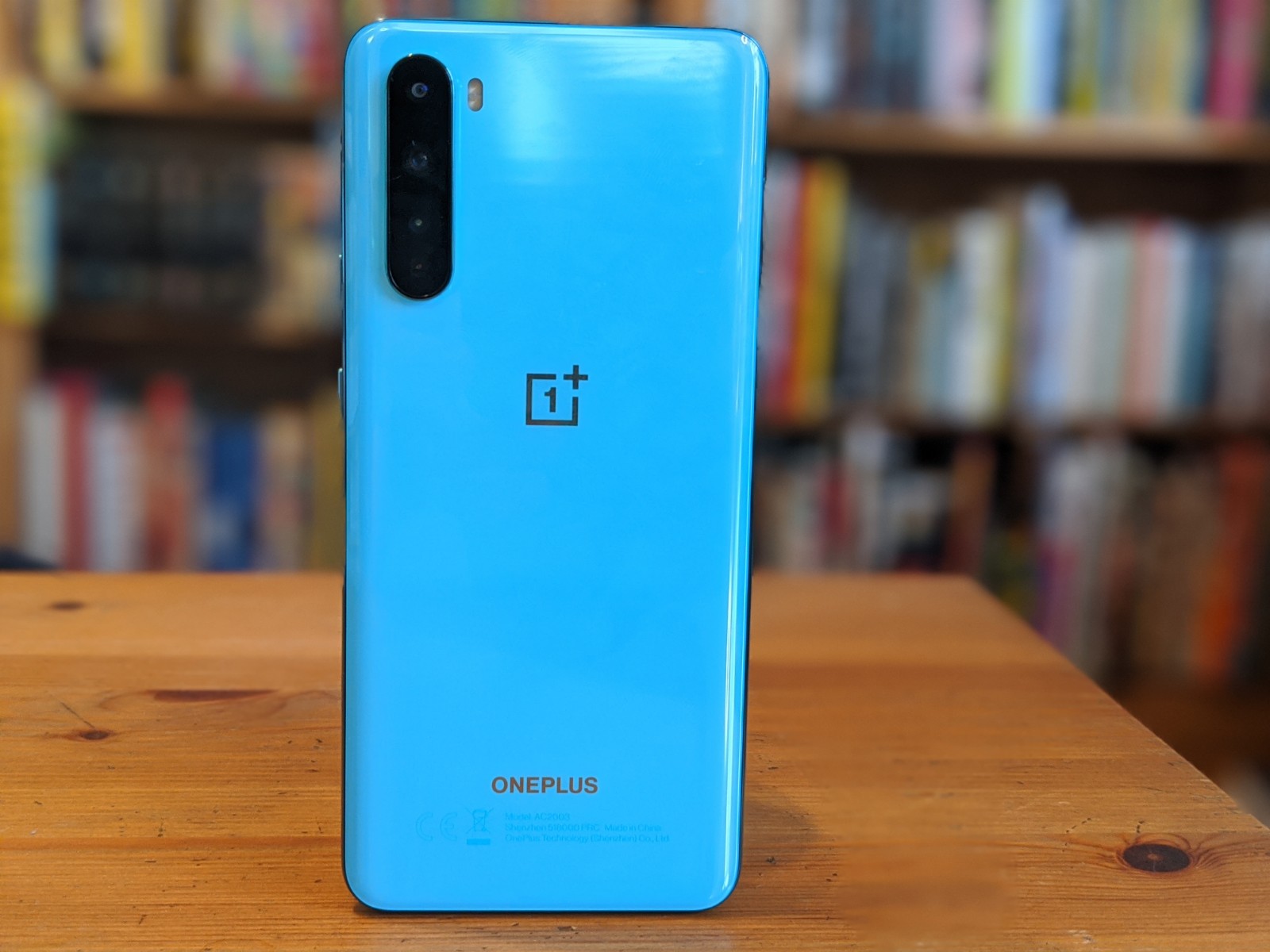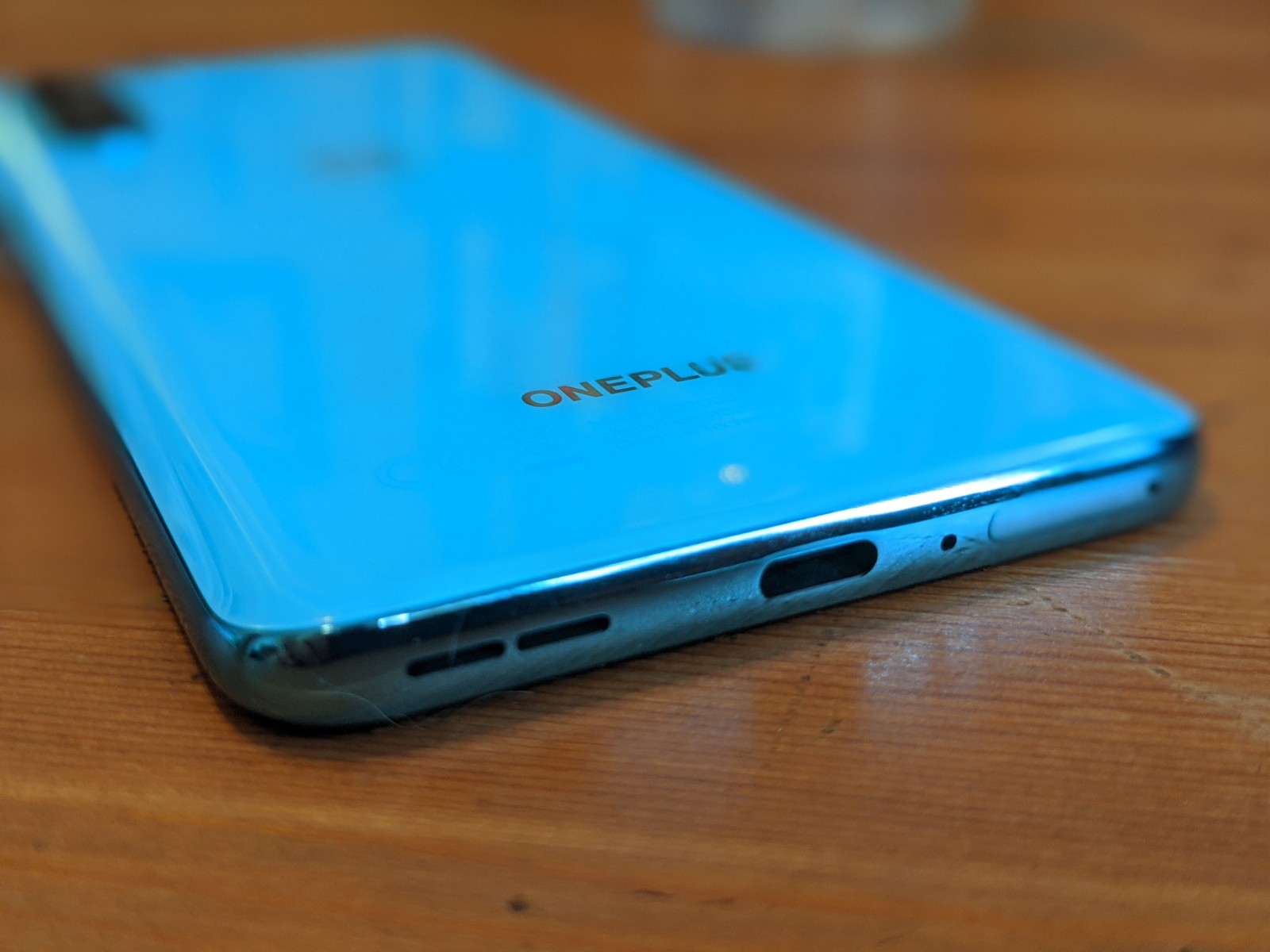Think back to the last time you onboarded at a new job. Was it a mishmash of documents and calendar invites and calls and, generally speaking, a mess?
Probably. That’s likely because onboarding is a process that often depends on disparate, unconnected HR tools. Sora, a startup that today announced $5.3 million in collected fundraising, wants to shake up the HR software world with a low-code service that helps companies connect their tooling and automate their HR processes. The startup might be able to make things like onboarding better for employees and companies alike.
Low-code, no-code
Startups looking to bring low, and no-code tooling to non-engineering teams have become a trend in recent quarters. TechCrunch recently covered a $2.2 million round for no-code text analysis and machine-learning shop MonkeyLearn, for example. There have been hundreds of millions of dollars raised by low, and no-code tools in 2020 alone.
By building tools to assist non-engineers do more, faster without developer help — be it analysis, or visual programming — some technology upstarts are helping non-technical teams do what only technical teams were able to in previous years.
Sora fits into the trend because its service allows non-developers create workflows, to use a term that the startup’s co-founder and CEO Laura Del Beccaro employed when she walked TechCrunch through her company’s product.
The Sora workflows can be built from templates, and employ triggers to fire off various processes (sending emails, pulling in data from other apps and services, that sort of thing), allowing non-engineers to create visual logic flows. The Sora system is “like a no-code workflow builder,” Del Beccaro said in an interview, allowing users to “add tasks where you have to tell someone to do something, and automate the follow up. That’s actually one of our biggest pain point relievers. A lot of HR teams right now are manually tracking people down: Did you set up this laptop yet? Did you set up this new hire launch for these three people?”

Sora CEO Laura Del Beccaro, via the company.
The Sora workflow system is slick in practice, allowing, for example, customization around a single employee. Del Beccaro explained that her startup’s software can do things like ask a manager who a new hire’s work-buddy might be, and then send that person an email later saying that the hire has arrived.
According to Del Beccaro, Sora, wants to help “democratize your [HR] processes.” Today’s HR denizens are too dependent on data analysts for “people analytics reporting” she said, adding that once a company has all its HR “data in one place, which again, is our core offering, you can set up all these automations that you want by yourself, you don’t have to go to IT or engineering.”
And because Sora can handle swapping out different providers as needed, Sora should help HR teams at growing companies lower the “risk of changing systems,” helping them “stay flexible no matter what [their] processes look like.”
It’s a neat tool.
Money
Sora has raised $5.3 million in capital to date, a funding total that includes a pre-Seed round from September, 2018. First Round and Elad Gil led its most recent round, which makes up a majority of its capital raised thus far.
With 11 employees today, Sora has around “25 people on [its] cap table,” the CEO said, telling TechCrunch that it was “pretty important to [her] to have a relatively diverse set of investors.” Del Beccaro provided this publication with a full list, which we’ve included below.
Sticking to the subject of money, after Mixpanel served as an early customer, Sora opened to more customers earlier this year. The CEO said that its customers are on one, or two-year contracts, and charges per-employee, per-month, which seems reasonable. With its new cash, Sora has around 2.5 years of runway she said.
First Round’s Bill Trenchard liked Sora’s approach to building its service, saying in an email that the company was “never interested in scaling for the sake of scaling,” highlighting its work in concert with “a development partner to make sure what they were working on was actually solving real HR pain points before they took it to the market” as evidence of its “thoughtful and intentional” product approach.
Today, thanks to that method, in his view “what’s compelling about Sora is their sales momentum this year after launching” the investor said. The next question for Sora, then, is how fast it can grow now that it has more capital in the bank than it has likely ever had before.
For fun, here’s the full investor list that Del Beccaro provided, which I’m including as it’s rare to get a full cap table:
- Sarah Adams (Plaid)
- Shan Aggarwal (Coinbase, Greycroft)
- Scott Belsky (Adobe)
- Mathilde Collin (Front)
- Cooley Investment Fund
- David Del Beccaro & Arleen Armstrong (Music Choice/Legal)
- Viviana Faga (Emergence Capital)
- Avichal Garg (Electric Capital)
- Elad Gil
- Kent Goldman (Upside VC)
- Jonah Greenberger (Bright)
- Daniel Gross (Pioneer, YC)
- Charles Hudson (Precursor Ventures)
- Todd Jackson (First Round Capital)
- Oliver Jay (Asana)
- Nimi Katragadda (BoxGroup)
- Nicky Khurana (Facebook)
- Brianne Kimmel (Work Life Ventures)
- David King (Curious Endeavors)
- Fritz Lanman (ClassPass)
- Lisa & Mat Lori (Perfect Provenance/New Mountain Capital)
- Shrav Mehta (SecureFrame)
- Sean Mendy (Concrete Rose)
- Jana Messerschmidt (#Angels, Lightspeed)
- Katie Stanton (#Angels, Color)
- Erik Torenberg (Village Global)
- Bill Trenchard (First Round Capital)
- Jeannette zu Fürstenberg (La Famiglia VC)

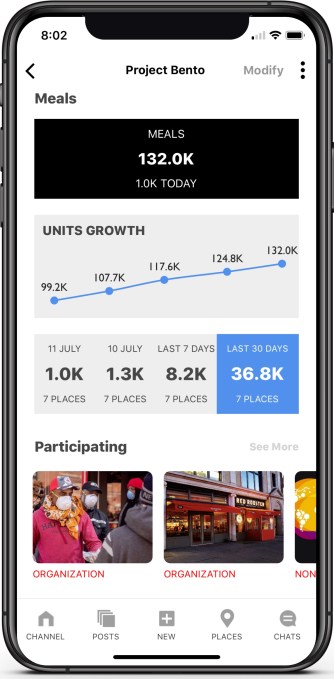



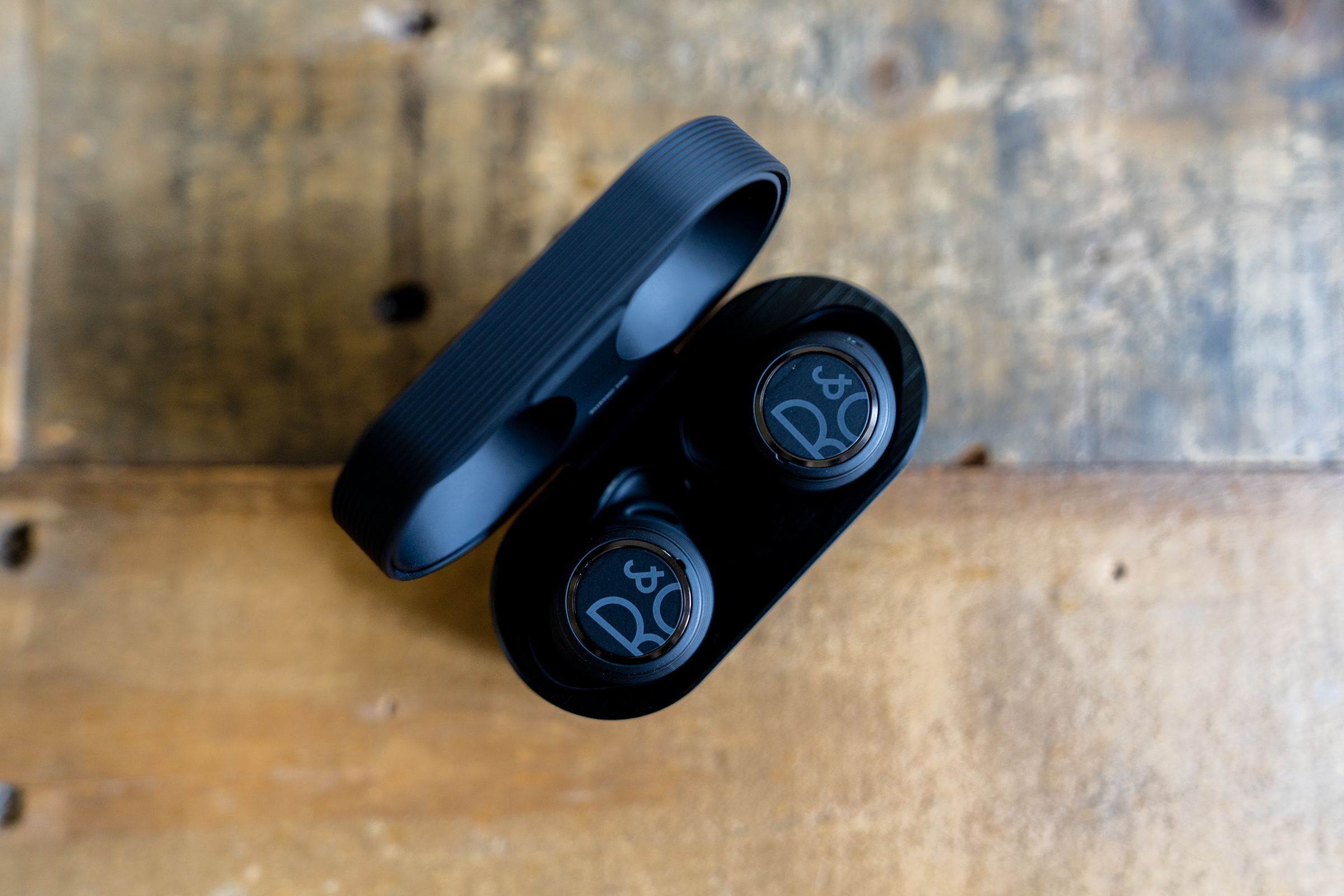 The E8 Sport also includes a new more rubberized exterior finish, a charge case that offers just slightly less reserve power (only by around 30 minutes) but that provides USB-C and wireless charging as well as 23 hours of backup battery life on top of the seven contiained in the earbuds themselves.
The E8 Sport also includes a new more rubberized exterior finish, a charge case that offers just slightly less reserve power (only by around 30 minutes) but that provides USB-C and wireless charging as well as 23 hours of backup battery life on top of the seven contiained in the earbuds themselves.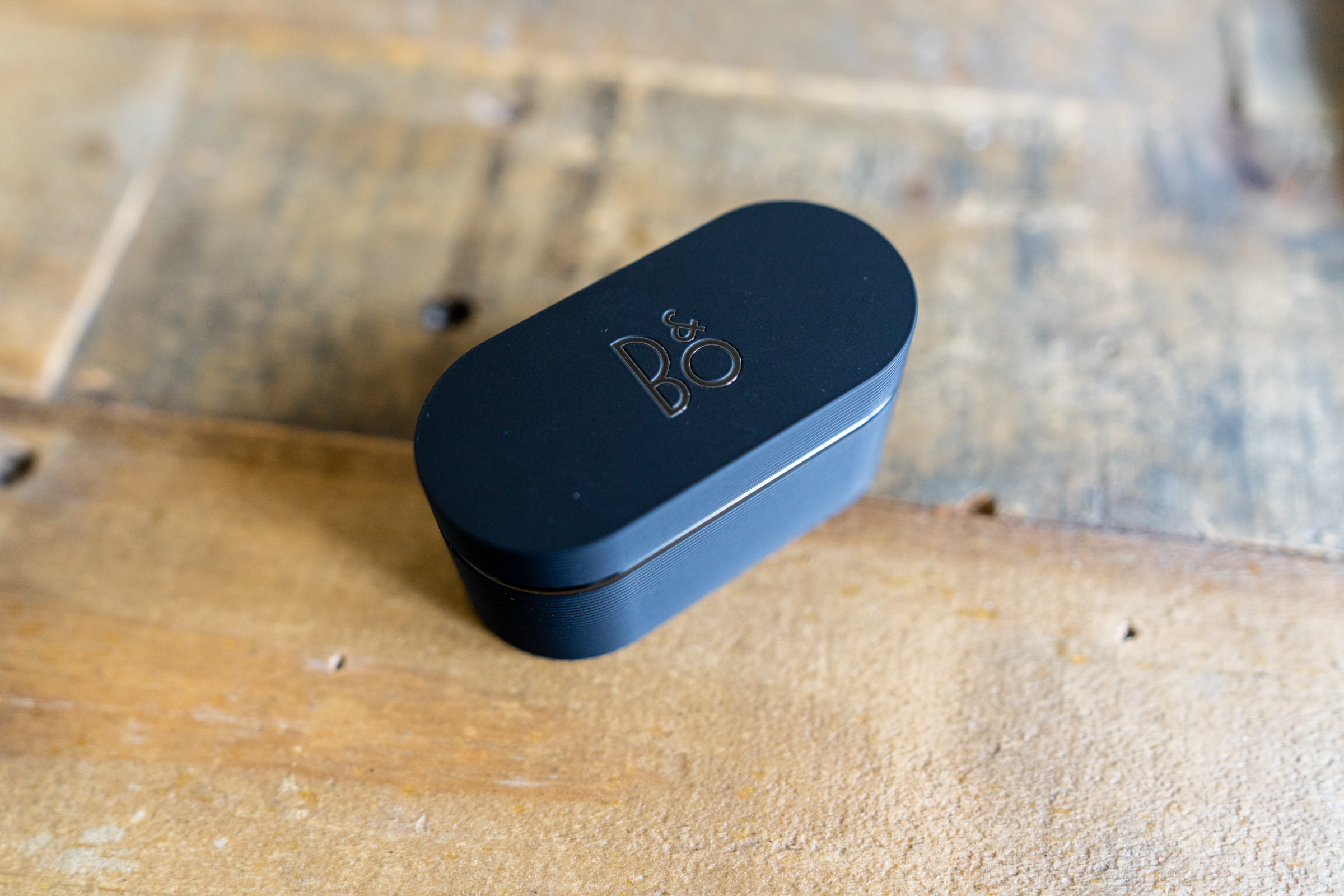 Unlike a lot of other sport-specific products, the Beoplay Sport E8 still manages to feel mostly understated and refined, however. The buds themselves are pretty low profile when in the ear, and the black version especially will definitely fly under the radar. The ‘oxygen blue’ version has a little more flare, but still presents softer rather than bold or bright.
Unlike a lot of other sport-specific products, the Beoplay Sport E8 still manages to feel mostly understated and refined, however. The buds themselves are pretty low profile when in the ear, and the black version especially will definitely fly under the radar. The ‘oxygen blue’ version has a little more flare, but still presents softer rather than bold or bright.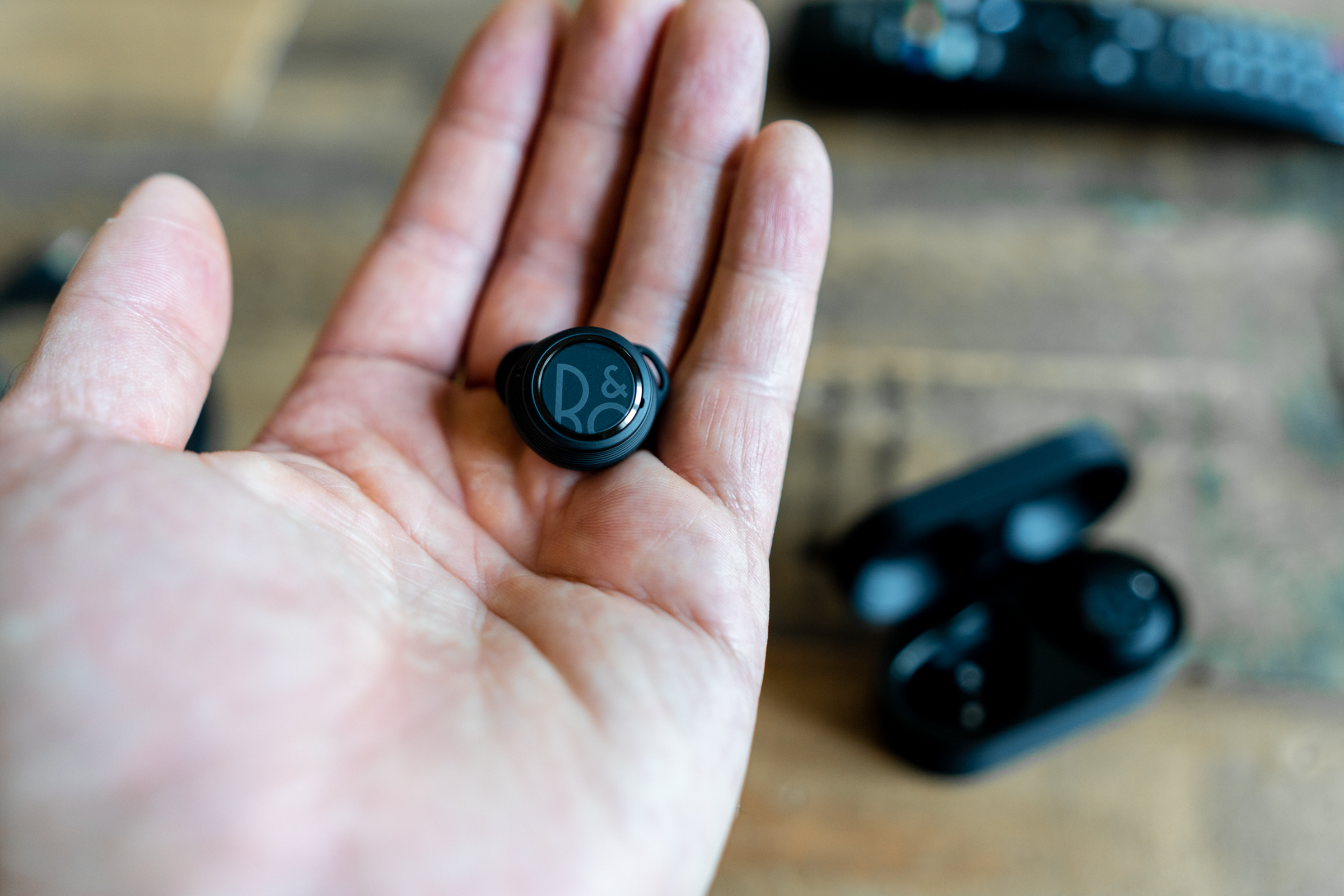 The B&O app allows you to fine-tune the sound profile to your preferences, as well, and you can easily control playback and access the built-in transparency features using the touch-sensitive earbud control surfaces. All of this works whether you’re in the middle of a run or a conference call, and the call quality is excellent, too. In my testing, people I spoke on the phone with said it was a vast improvement over even using the handset held up to my face, and even approached the sound quality of my podcast (where I use pro audio equipment).
The B&O app allows you to fine-tune the sound profile to your preferences, as well, and you can easily control playback and access the built-in transparency features using the touch-sensitive earbud control surfaces. All of this works whether you’re in the middle of a run or a conference call, and the call quality is excellent, too. In my testing, people I spoke on the phone with said it was a vast improvement over even using the handset held up to my face, and even approached the sound quality of my podcast (where I use pro audio equipment).

